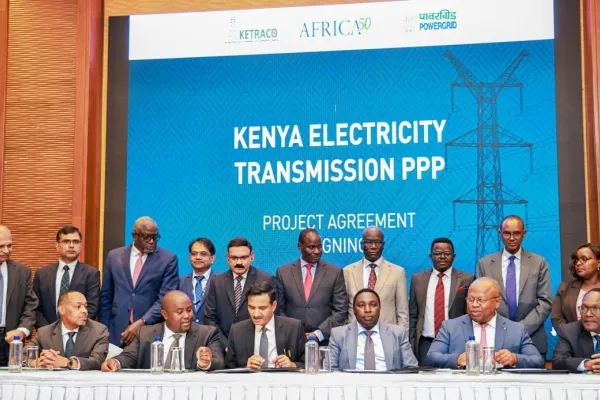Why there are no jobs in Kenya: 1300 companies hire 150 workers

Why there are no jobs in Kenya: 1300 companies hire 150 workers
Only 1380 companies in Kenya have employed more than 150 people according to the World Bank economic update giving insight into the country's endemic joblessness crisis.
The World Bank says that Kenya has only 138,000 formal employers and only one percent has more than 150 workers.
Only 3 percent or 4,140 companies have more than 50 employees as the rest of the enterprises are hardly employing skilled workers in their businesses.
Most Kenyans work in informal jobs which are not licensed or are just operated by their owner who employs very few people.
There are 7.4 million micro, small and medium enterprises (MSMEs), and the majority, or 94 percent operate unlicensed with fewer than five workers.
“Among formal firms, only three percent have 50 or more employees, and only one percent of firms have 150 or more employees,” the World Bank said.
Read also: Six in ten SMEs making less money than before Covid-19
Kenya's economy is largely agricultural and subsistence yet most young people rush to the urban areas in search of formal jobs.
Their adventure is however met with low-paying, menial work in very few formal workplaces and are therefore left with little choice except to work for meager pay.
Most of Kenya’s businesses are informal, small, based in the capital city Nairobi, and largely operate in the services sector where job creation has been concentrated in recent years.
Nairobi hosts roughly 36 percent of all formal companies, and 14 percent of the MSMEs in the country.
The services sector dominates the formally registered firms landscape: some 84 percent of formal firms and 83 percent of MSMEs are in the services sector.
Job creation was concentrated in the services sector prior to the onset of the pandemic, the survey noted.
The World Bank said with the services segment driving job creation, Kenya exhibits a new pattern of economic transformation that is emerging in Africa and which may differ significantly from the manufacturing-led transformation of East Asia and many high-income economies.



